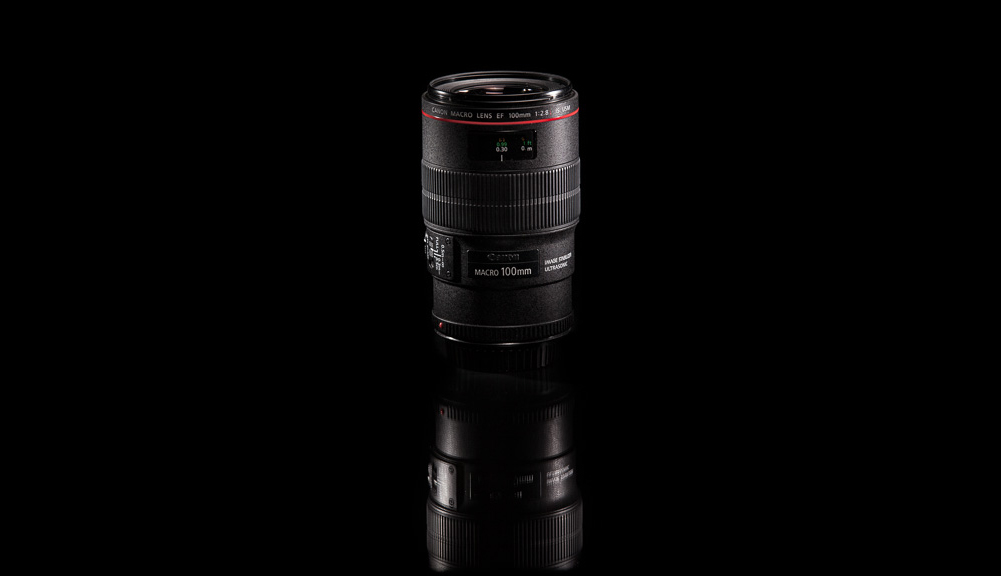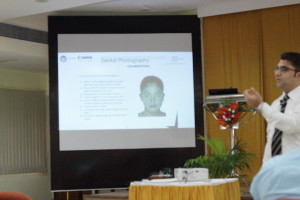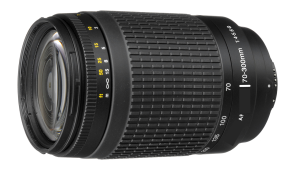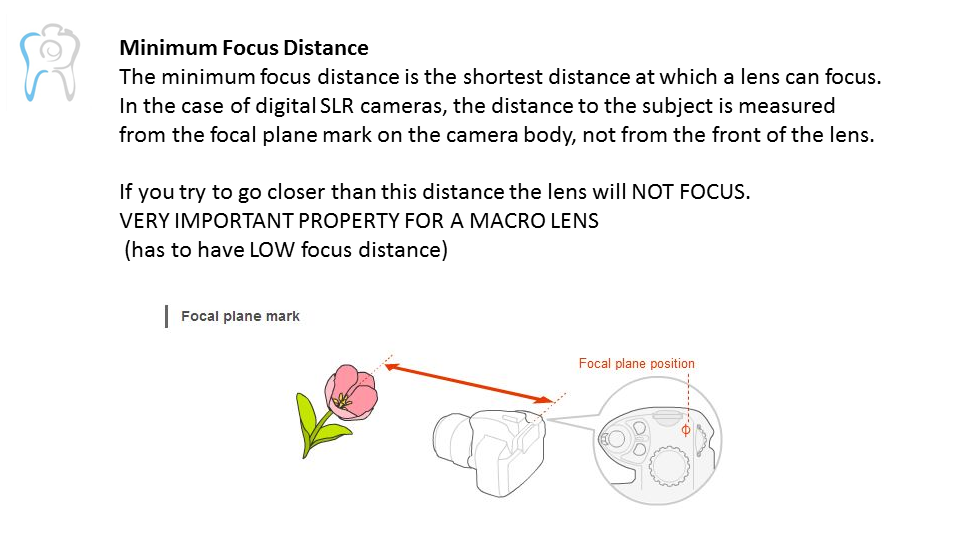
Real Story of a failed attempt to buy the right equipment for dental photography
– Why half knowledge is dangerous.
It’s good to learn from one’s own mistakes and it’s wiser to learn from someone else’s mistakes …
I was lecturing at a dental school a couple of years back on the basics of dental photography.
The lecture was essentially meant for all postgraduate students and I’m hopeful the students had thoroughly enjoyed it. Like every time my intention was to focus on the basics of dental photography so that the students can get inspired to take it up in their daily dental practice. (It is for this reason that I keep my presentations extremely simple and my interaction informal so that I can break the ice fast and the delegates aren’t reluctant to ask me question.)

Everything went well and finally it was time for me to attend to the questions.
Honestly this is my favorite part because it challenges my knowledge and sometimes I get to learn a lot from the delegates as well. After everything was over and most delegates had left there was a single postgraduate student who was waiting till the end to ask me his doubt.
To my surprise I saw him coming to me with a 70 – 300 lens (lenses of such focal lengths are typically meant for wildlife / portrait photography)
And I was completely bowled over by his question which was: “how to take good intraoral images with this set-up”
I was taken aback and the first thing that I asked him was who had recommended this lens for dental photography?
He said that he had attended some other dental photography lecture in the past where in the speaker had mentioned that a 100 mm lens is ideal for dental photography. The very next day he purchased a DSLR of a particular brand (I wouldn’t like to specify any brand name here but there are brands which I would never suggest to a beginner) and asked the shopkeeper if he had a good lens for dental photography.
The shopkeeper asked him what focal length he was looking at so the postgraduate student said that he was looking at something around 100 mm.
The shopkeeper wanted to sell him an expensive camera probably due to the good margin he wanted out of it but little did he know that the postgraduate student also needed a separate lens. So by the time he was showing lenses to him the students budget had almost exhausted.
The shopkeeper was smart but had no clue of what dental photography looked like. So he gave the student a few options like:
- 105 mm lens (approx. cost 55,000/-) and said that this could only be used for macro and portraits
- 18 – 140 mm lens (approx. cost 23,000/- ) and said that this lens gives a photographer more flexibility and that they can shoot landscapes and portraits and the camera that the student purchased has a macro mode so no need to worry.
- 70 – 300 mm lens (approx. cost 7000/-) and said that it was one of the most famous lenses with photographers and that it is not only good for portraits but also good for a bit of wildlife photography.

He said that every lens has 100 mm shooting capability and that it would be enough or the student to record good dental photographs.
The student was convinced that the camera seller had a sound knowledge and that 70 – 300 was a good choice for him as it had 100 mm in between as well.
Only after a few days of use did the postgraduate student realize that it was a bad choice. That he had to stand too far to take images and that most of the images would come out to be too dark even with flash on.
Let’s look into the grave mistakes that occurred one by one.
- Every lens (or a camera) which has a macro mode in it is not a macro lens and can’t be used for dental photography. (It basically is a sign/symbol of minimum working distance)

- 100 mm focal length is ideal yes but it has to be a macro lens!
- Macro lenses are special lenses which have very short working distances.
- A 70 – 300 lens is a telephoto zoom lens which typically have a very large minimum working distance as a result of which the object to camera distance is very large.
- At such large distances the flash does not reach the object well and images would inevitably be dark at manual mode (Note that auto mode of camera is worst mode)
- It would be extremely tough to take intra oral images because the dentist has to stand too far from the teeth
- Because the zoom is pretty large it would be difficult to keep the frame steady
- All this leads to compromised settings for dental photography.
So moral of the story is that one should have a complete knowledge about the best equipment for dental photography OR take advice from the one who understands the best needs for dental photography.
I would strongly suggest that people who want to buy dental photography equipment must visit www.dentalphotographyschool.in for a complete knowledge of all equipment before purchase.
THIS ARTICLE IS A COPYRIGHT PROPERTY OF Dr. Mayur Davda – Dental Photography School India
